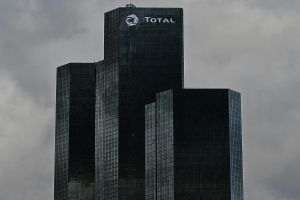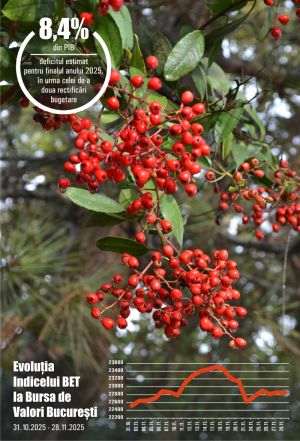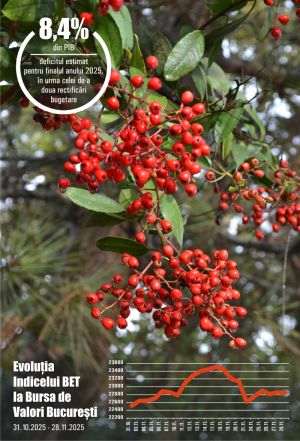
The following article may well appear to be a continuation of the climate agenda ,it is not is is about the future of investing . The clock is ticking for banks, insurers and asset managers still providing support to oil, gas and coal producers . Not just because they are polluting the planet but it is ticking because their financial health is at risk. Financial institutions in the group of 20 leading industrial and developing nations have $22 trillion exposure to carbon-intensive industries.
Banks, insurers and asset managers need to adjust their business models towards lending and investing in new and developing green infrastructure projects , while supporting carbon intensive companies that are changing to low carbon business models .
• EXPOSURE TO CARBON-INTENSIVE SECTORS
BANKS - $13 trillion (19% on balance sheet loans)
INSURERS- $ 1.8 TRILLION (13% of cash and invested assets)
ASSET MANAGERS - $6.6 trillion (28% of equity holdings)
The European Central Bank (ECB) said that most lenders have yet to produce concrete plans showing how they will change their business strategies to account for the climate crisis. Approximately half of the 112 institutions overseen by the ECB are considering setting exclusion targets for some segments of the market but only a small number are actively planning to change their portfolios to a climate friendly direction.
Banks have organised almost $4 trillion of bonds or loans for the oil,gas and coal sectors since the 2015 Paris agreement compared to $1.6 trillion of green labelled bonds and loans.
Things are changing . 450 firms are now part of the Glasgow Financiial Alliance for Nett Zero . The signatories have pledged to targeting net-zero CO2 emissions by mid-century across all of their lending and investment portfolios.
The greatest threat to financial firms is a delayed and disorderly transition to carbon friendly investments as the increasing number of catastrophic weather events will lead to loan defaults and rising insurance claims.
Banks who want to preserve their AAA credit rating, so they can obtain funds at competitive rate to lend on to borrowers and make a profit will have top show they are in a market for the future not the past.
It is the banks and green capital markets that are essential to providing the $1 trillion per annum. For net zero.
All the numbers are enormous . The Organisation for Economic Cooperation and Development has stated that $6.9 trillion dollars is needed every year to meet the targets set in Paris in 2015 from today until 2030 with developing countries needing two-thirds of that . The U.S.A. has already said that it will invest $2.3 trillion this decade in climate resilient infrastructure and China expects to allocate $3.4 trillion to reduce carbon emissions in the same period.
Banks in Turkey,Russia,Indonesia and China are the most exposed to carbontransition risk with manufacturing,transportation and powder producers and utilities accounting for more than 75% of the exposure.
The lesson in all of this for investing is to stay out of oil, gas and coal and put your money in renewables.



























































